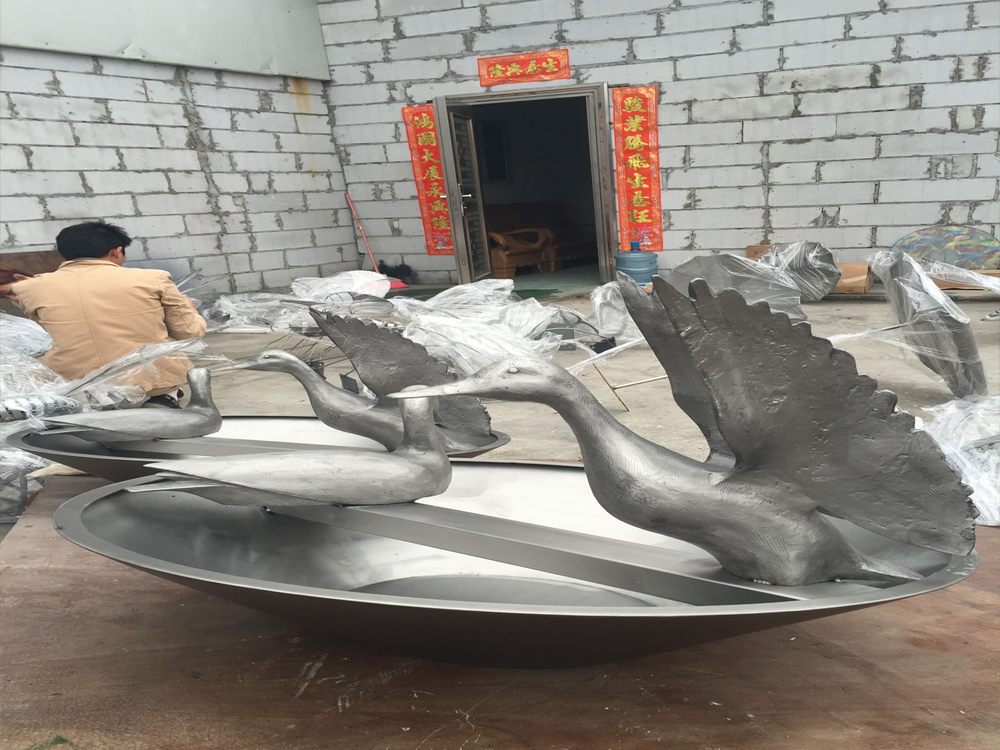
Artists have long faced the challenge of transforming rigid, unyielding stone into dynamic works of art that seem to pulse with life. Through a combination of technical skill and creative vision, sculptors achieve this illusion of movement in several ways.
One key technique involves carefully studying the natural grain and texture of the stone before carving. By working with these inherent patterns rather than against them, artists can suggest directional flow. The strategic placement of curves and angles creates visual pathways that guide the viewer's eye, mimicking motion.
Master sculptors also employ clever manipulation of form. They might elongate certain elements, twist the composition, or leave parts seemingly unfinished to imply ongoing transformation. The play of light and shadow across carved surfaces further enhances this effect, with deeper cuts creating dramatic contrasts that suggest energy and rhythm.
Perhaps most remarkably, some artists create tension by juxtaposing smooth, flowing sections with rough, textured areas. This contrast tricks the eye into perceiving movement where none physically exists. The legendary Michelangelo famously said he simply "released" the figures trapped within the marble - a poetic expression of how sculptors reveal the hidden vitality within stone.
Modern techniques have expanded these possibilities, with some contemporary artists using precise mathematical calculations to create optical illusions of motion in static stone. Whether through traditional methods or innovative approaches, these artists continue to prove that even the most rigid materials can be made to dance.

